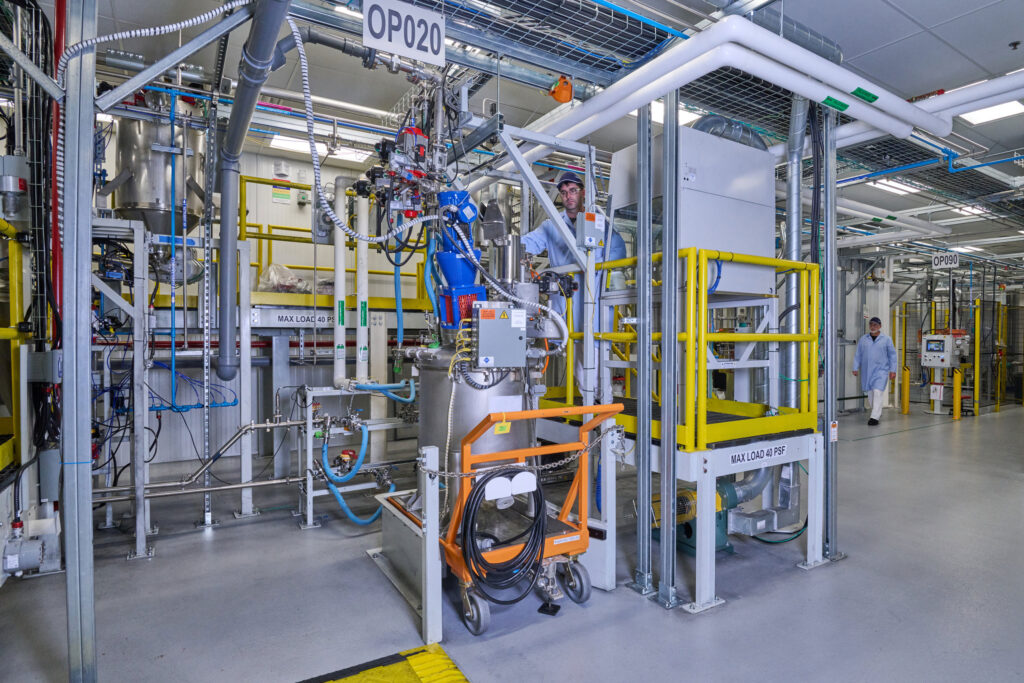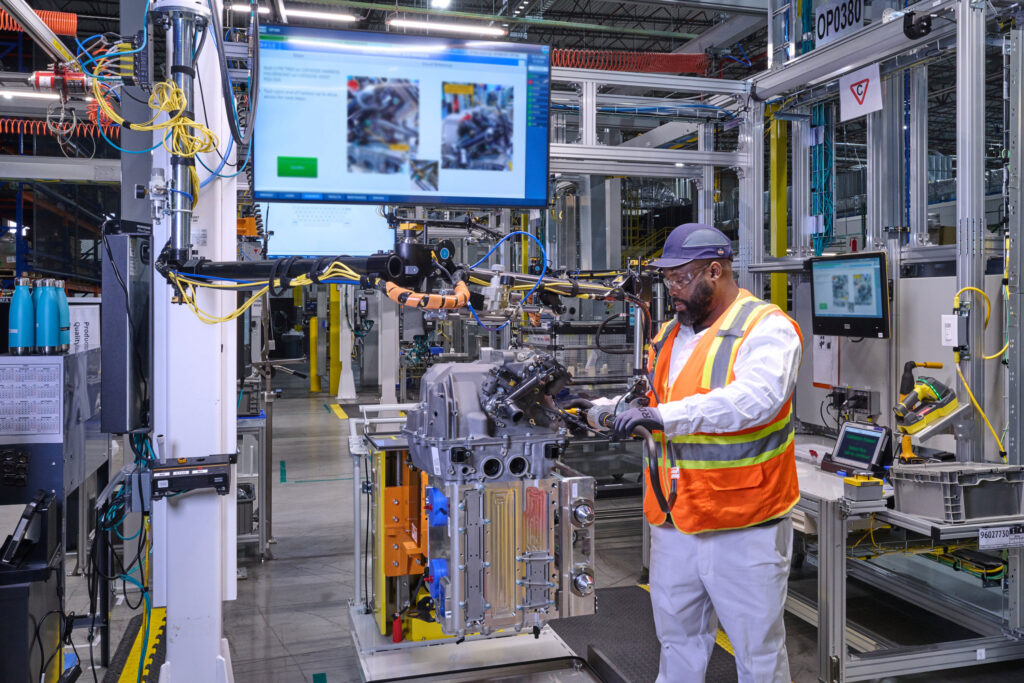GM and Honda have been codeveloping hydrogen fuel cells for years, and these efforts are, at long last, bearing fruit. On Thursday, the automakers’ 50-50 joint venture Fuel Cell System Manufacturing facility in Brownstown, Michigan commenced commercial production of hydrogen fuel cells.
The systems built at FCSM will find their way into a variety of products from each company. GM will offer fuel cells to other partners including Autocar, which manufactures heavy commercial trucks, as well as its own Hydrotec division that builds fuel cell-powered generators. Honda will also install these fuel cells in vehicles, including a hydrogen-powered version of its ultra-popular CR-V SUV, but the Japanese company is also developing a proof-of-concept stationary power generator.
FCSM was founded in 2017 when GM and Honda invested a combined $85 million to create this joint venture facility. But inaugurating series production in 2024, some seven years later, is quite a delay, even in the automotive world, and there are several significant reasons for this.

“The pandemic certainly threw a few curveballs into our plans, and we had to adjust and accommodate that,” said Jay Joseph, VP of sustainability and business development at American Honda in an interview with EV Pulse. “Of course, that was difficult for the whole industry as we know, and that affected things here, but we’re also trying to make sure we get things right.” He added that one of the main goals of this joint venture is to build fuel cells with zero defects, “And so far, that’s proven true, that the systems that have been manufactured here, even the preproduction ones, not one has failed yet.”
This manufacturing facility sprawls over 70,000 square feet and has created some 80 jobs. But even before FCSM, these two automakers had teamed up to develop hydrogen fuel cells. Honda and GM began work on their next-generation stack back in 2013; they also collaborated in 2019 to double the durability of the propulsion system used in Honda’s eco-friendly, hydrogen-huffing Clarity sedan. Even still, this is hardly the first time these companies have tinkered with hydrogen. “Honda’s been developing fuel cell systems since 1986, so we’ve got nearly 40 years of experience,” said Joseph.
Given their unique histories and cultures, each automaker brings something a little different to the table. Paraphrasing what Tetsuo Suzuki, his counterpart at Honda has observed, Suheb Haq, the current FCSM president explained that GM is a systems company while Honda tends to have a more methodical approach to manufacturing. The second point is clearly evinced by the uniforms nearly every employee at the facility wears, something that’s very Honda and decidedly un-Detroit Three. Haq also said, “We’ve taken the best of the two … [and created] a hybrid system that we believe is one of the best in the world.”

Going forward, this partnership aims to reduce the manufacturing and development costs of hydrogen fuel cells. Common sourcing as well as other economies of scale, the reduced use of precious metals and improved cell designs will help these automakers lower the price of their jointly developed fuel cell systems.
“At the heart of it, both companies are relentlessly pursuing the zero tailpipe-emission technology, right? So, that brings us together,” said Haq. He described the commencement of series production as “a milestone in our collaborative journey.” And this is an important achievement as the automotive industry works to build a cleaner, greener future.
